River intake and desander efficiency testing in India
Hydraulic model tests were carried out in order to establish the feasibility of the Teesta VI hydropower plant in Sikkim State, Northern India. An initial arrangement of barrage and river intake with four desanders basins on the right bank of the Teesta River, tributary to the Brahmaputra, has been proposed.

During high Monsoon floods, river bed load and suspended sediments shall be diverted through the spillway openings. During normal operation, the four desanders basins of 250 m lenght with free flow conditions must be able to evacuate suspended sediments avoiding their entrainment into the power intakes. In order to study flow conditions and evaluate the river intake and desander design, LSPIV and UVP measurements were performed at several locations within the basins and the intake zone.
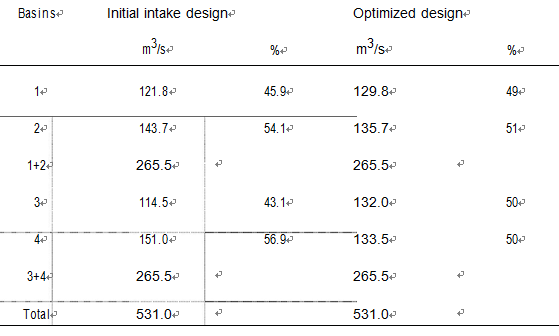
The measurements were conducted for two different river intake designs. UVP allowed to measure mean flow velocity and evaluate the retention efficiency of the basins. Overall flow field comparisons for different scenarios over the entire model surface are reported by LSPIV technique.. The mean flow velocity is the main parameter to design a desander and it is directly related to the sediment grain size diameter to be removed. To improve the desander efficiency, flow disturbances as reverse flows, circulation cells and eddies must be avoided. Therefore the flow velocity must be well distributed all over the cross section and the flow velocity standard deviation must be minimized.


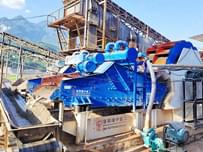
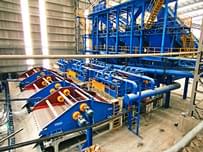
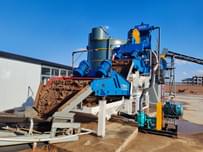
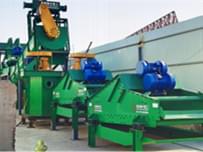
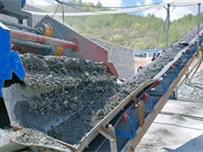
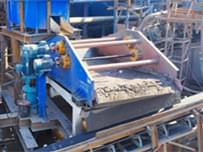
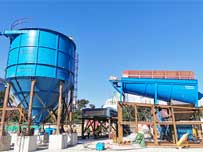
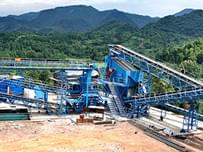




Send Message
Please write down your requirement and contact details in the following form. You can also send a message to us by this email export@lylzzg.com, we will reply to you within 24 hours.